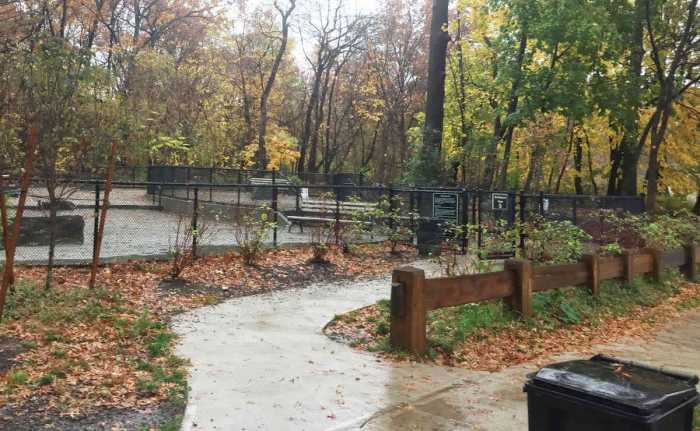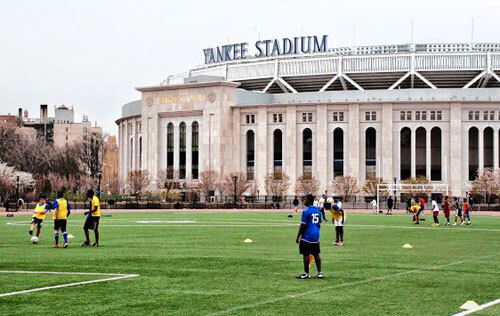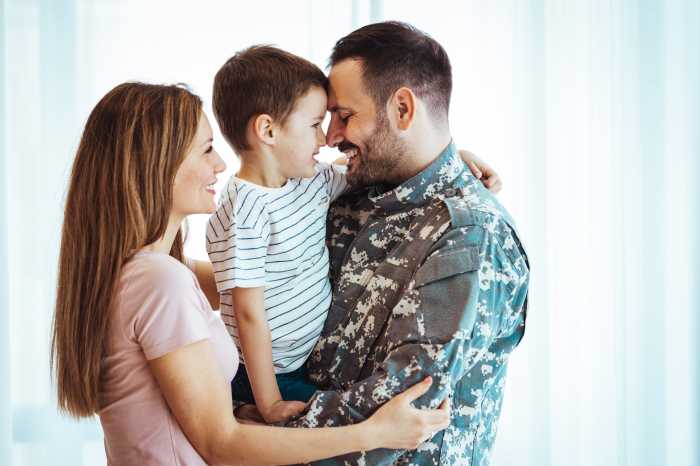As New York City is sending homeless people with COVID-19 to shelters, the question remains, how are the shelters being taken care of?
According to the Department of Health and Human Services, as of April 5, there have been 239 confirmed coronavirus cases for homeless, including 213 cases among sheltered New Yorkers, 11 among unsheltered New Yorkers, 15 DHS referrals and 12 deaths.
There are 392 people in isolation across five isolation locations, which also includes several of the confirmed-positives as well as non-confirmed symptomatic folks.
“As we face down this disease together and work hard to support our city’s most vulnerable residents, we mourn each individual lost and we recommit ourselves each day to this fight,” said Isaac McGinn, a spokesperson for DHS. “We thank our essential staff for their continued dedication, as they report for duty around the clock and respond to those in need.”
In total, there are 450 shelters citywide. In family shelters, families live in separate units. For single adult sites, dorms tend to be on average eight to 12 beds per room. In these single adult locations, of which there are approximately 100, DHS is modifying its approach to services and programs to increase social distancing.
For example, while clients were not required to leave their shelters prior to COVID-19, they did have to leave rooms for unit cleaning, etc. but now will be adjusting this requirement. It has also extended and staggered meal times to limit gatherings.
If someone is sick, there are immediately transported either to the hospital or isolation for monitoring or recovery. Providers have been instructed to separate any clients who may express experiencing symptoms from the rest of the population while promptly seeking care or isolation, and give him/her a mask while awaiting transportation.





















